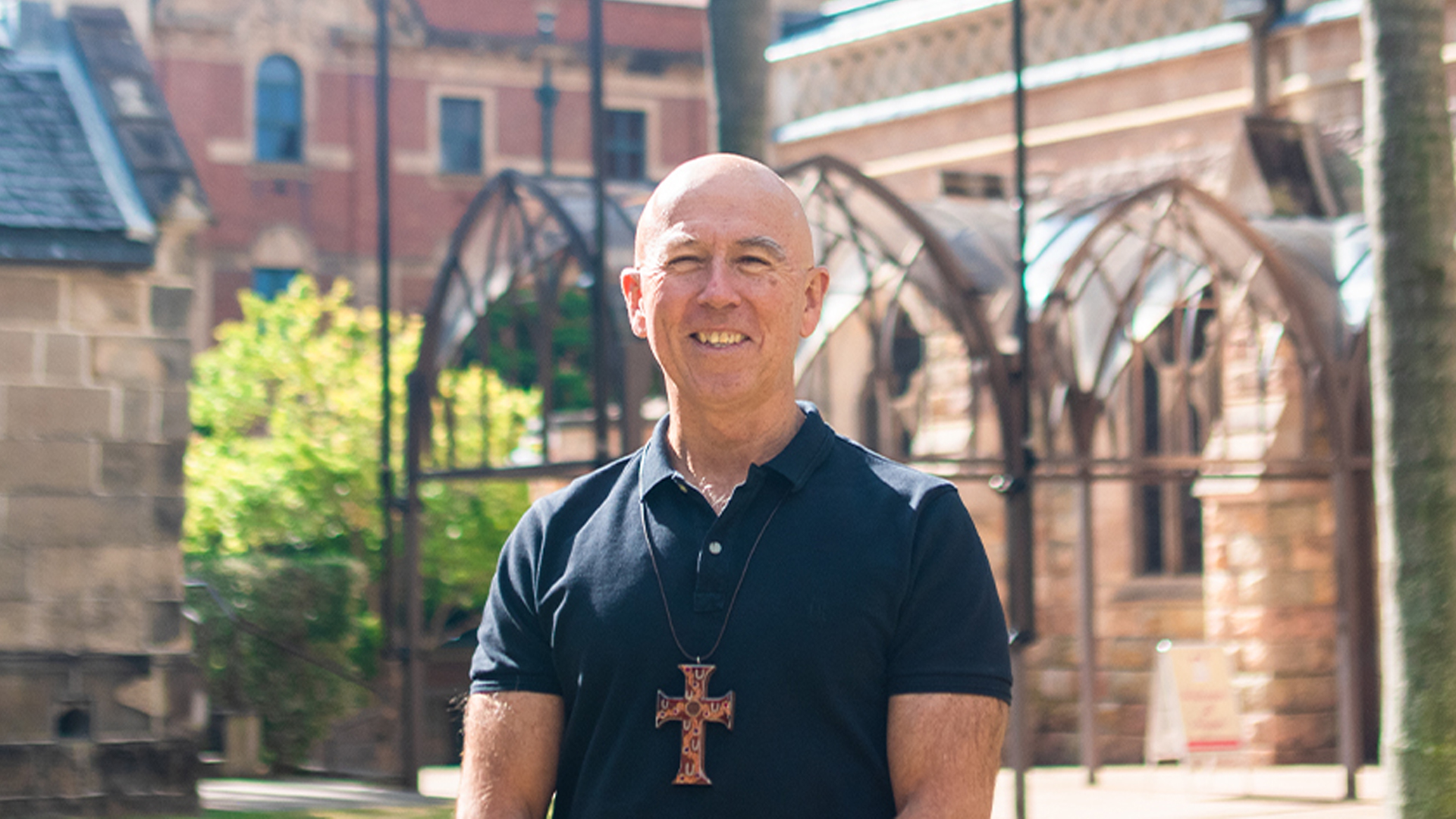The majority world has long left behind the reality of monoculture. We’ve become multicultural in many ways and in many places, particularly here in the Archdiocese of Brisbane. Our parishes are blessed with people who represent many different cultures. They make our communities vibrant and compassionate. These aren’t just cultures of ethnicity or nationality – we can also speak of the cultures of gender and generation among others. But there’s another level to this reality that is worth exploring – the concept of interculturality.
When I was in the seminary, I was given the opportunity to spend two years in another culture. I arrived in Mexico City with little understanding of life there. I only had a couple of months of Spanish lessons behind me. For the first months there, living among people who had been living in Mexico for generations, the learning was all in one direction. I was gaining skills of how to survive and thrive in another culture. I guess you could say that this was a cross-cultural experience. If I used arrows to indicate this process, they would all be going in one direction. However, over the seven years I spent in Mexico, I became ‘padre canguru’ (Father Kangaroo) and began to share some of my culture with others. The arrows begin to go in both directions when there is mutual respect and learning. We call this interculturality.
We can think of culture like an iceberg. The part of culture that is above the water line is what we learn through our senses of seeing, touching, tasting, smelling and hearing. That may include obvious cultural differences such as dress, song, food, national flag, cultural dance etc. While eating food that I am not used to can be challenging, this is the easy part. (Actually, I came to love Mexican food!) The more complex part is trying to understand the parts of culture that are not obvious, that is, below the water line of the iceberg. This is where interculturality can become really challenging.
That means trying to access and explore established beliefs, values and attitudes of cultures. How can I know in a new culture how parents discipline their children, what people think of homosexuality, what is meant in what is not said etc, when I cannot see it or taste it? These are examples of cultural issues that people don’t even think to share with me when I am in a new cultural space. And that is because we often think that things are regarded and acted upon in the same way all around the world. Not so! This is where the rubber of interculturality hits the road.
As the Church takes up God’s mission in the world, interculturality (mutual respect and growth between cultures) is a critical aspect of moving forward. On mission, we are often approaching and moving across a variety of boundaries, learning from one another with the Gospel as our base. This process can be enormously challenging, yet is full of opportunities for growth. When I cross boundaries there is so much to learn that it can be daunting and difficult.
We face plenty of questions.
How do we minister with groups of people that are different to us? How do we pray together? What do we eat? How do we have fun together?
They’re all really important questions, and they take time, effort, energy and discernment to work through. But the basics of interculturality (mutual respect and learning) are an enormous help. These are important times for the Church and for our Archdiocese. Growing our skills in interculturality will be of benefit to us all.
